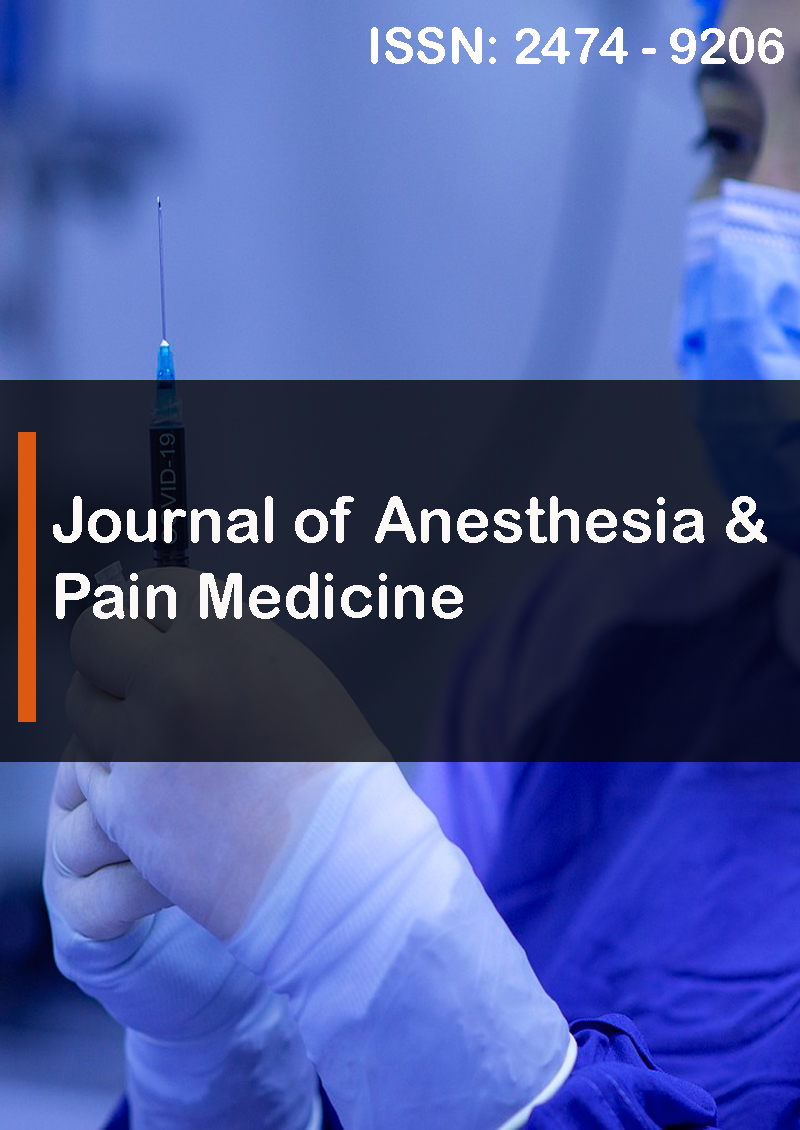Application of Dexemedetomidine as Monitored Anesthesia Care for Surgical Procedural Sedation
Abstract
Ali M. Saad and Aamil Haameem
Background: Anesthesia for short procedures or ambulatory surgery as (awake fiber-optic bronchoscopy, ophthalmic procedures, back injections, awake craniotomy and other minor procedures) has several challenges to an anesthetist. Use of Dexemedetomidine (Precedex) medication for procedural sedation in non-intubated patients could be used prior to or during surgical procedures. Dexemedetomidine has some characters of ideal anesthetic for perioperative use as rapid start of action and termination with low lipid solubility, easy to give by infusion, achieve a well balanced sedation, can maintain airway reflexes, and less effect on respiration.
Methodology: 41 patients of either sex, aged 18 to 60 yrs of ASA grade I and II were used as a sample; all adults over 18 years (most surgical patents coming at that time). All pediatrics, patients with multiple co morbidities, patient’s refusing; known or admitted alcohol or drug abusers, allergic to the drugs involved in the study and prisoners were excluded. Patients were randomized to receive a Loading dose of 0.5 to 1 mcg/kg IV over 10 minutes then maintenance IV infusion in dosage regimen of 0.2 to 0.4 mcg/kg/hour IV, titrate to effect.
Results: 41 cases observed for vital signs, depth of sedation, patient response, and arousal effect. Results showed 30 cases got good smooth deep sedation without complications. 11 cases got low blood pressures with low heart rates needed stopping infusion, pressor support medications.
Conclusion: Precedex dosing should be individualized and titrated to desired clinical response. It should be administered using a controlled infusion device with full monitoring devices and oxygen supplement.



